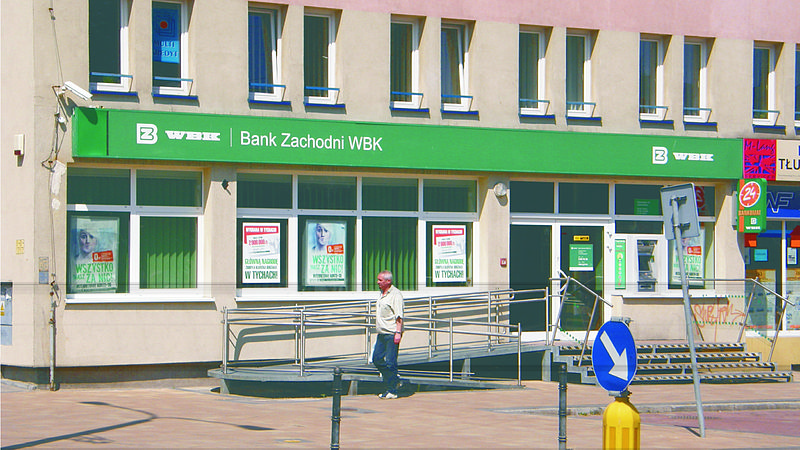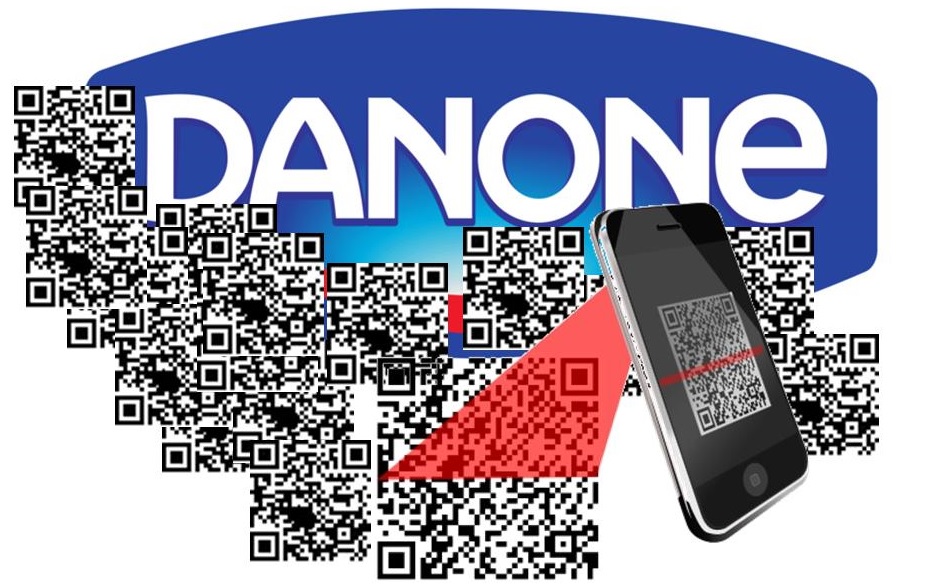The financial institutions are hoping to work together so that smartphone transactions can take on credit card systems.
Six of the biggest banks in Poland have announced that they will be working together in order to create a common standard for mobile payments which would result in a system that could place the dominance of traditional credit card giants at risk.
They are hoping that this will knock the wind out of Visa and MasterCard that currently lead the way in the country.
The banks that are involved in this partnership include Bank Zachodni WBK, Bank Millennium, ING Bank Śląski, Alior Bank, PKO Bank Polsk, and BRE Bank. As a group, the banks working toward this mobile payments system make up 70 percent of the electronic banking market in Poland. They will be working to come up with the standard under the Polish regulator in this sector.
The mobile payments offering will be based on the IKO app from PKO Bank, which was just launched in March.
 The mobile payments system will allow consumers in Poland to be able to complete purchase transactions while in stores, and will be able to make withdrawals from ATMs by entering a unique code that the app has generated. Consumers will also be able to use the app to send money to recipients simply by entering in their smartphone number in a way that has been compared to the UK’s Barklays Pingit service.
The mobile payments system will allow consumers in Poland to be able to complete purchase transactions while in stores, and will be able to make withdrawals from ATMs by entering a unique code that the app has generated. Consumers will also be able to use the app to send money to recipients simply by entering in their smartphone number in a way that has been compared to the UK’s Barklays Pingit service.
The use of this mobile payments system allows consumers to be able to make electronic transactions without the requirement of a credit card. This was a fact that Visa was “not happy about,” according to Wojciech Bolanowsky, from PKO.
At the same time, Boguslaw Kott, the CEO of Bank Millennium, has admitted quite openly that one of the purposes of the bank group in creating this mobile payments system is to challenge the rein of Visa and MasterCard. Kott was quoted to say that “This will be a more competitive system compared to the credit card system. The credit card system will probably be put under a question mark in the future.”
A barcode using company is currently producing them at this rate every single day.
Danone, the seventh largest food group in the world, has announced that it is placing unique QR codes that can be scanned using smartphones onto each of the dairy products that it is selling in Spain.
The barcodes are the latest element of the loyalty program of the company, and it is hoped it will expand popularity.
When the QR codes are scanned by consumers using smartphones or tablets that have any free barcode reader app. By scanning, the customer is directed to the loyalty program at Danone. The hope is that by using this technique, the popularity of the program – which already has a very large number of followers – will expand greatly, and those who are members will interact more regularly.
Scanning the QR codes will provide consumers with an additional savings on a monthly basis.
 At the moment, there are over 2 million registered users with the loyalty and savings program from Danone. By scanning the QR codes, registered users are giving the ability to save up to $50 more per month on products sold by the company in Spain.
At the moment, there are over 2 million registered users with the loyalty and savings program from Danone. By scanning the QR codes, registered users are giving the ability to save up to $50 more per month on products sold by the company in Spain.
Danone predicts that it will be creating and printing 60 million QR codes every month, at a rate of 2 million per day. This is expected to be the largest project that uses these smartphone friendly barcodes in the entire world until now. This is a notable achievement considering that these black and white squares are rapidly becoming more popular among marketers and other mobile commerce participants.
Danone has announced that its investment into the QR code project is greater than $1 million. Therefore, many predictions have been made by experts in the industry regarding the way in which the company intends to recoup the expenditure. It is believed by many that registration and scanning the barcodes will provide the food company with a tremendous amount of consumer data that will be vital in their ability to engage consumers and market to them in an effective and highly targeted way. The increase in sales that could come of this will make the expense appear quite small, should it work as they are hoping.
 The mobile payments system will allow consumers in Poland to be able to complete purchase transactions while in stores, and will be able to make withdrawals from ATMs by entering a unique code that the app has generated. Consumers will also be able to use the app to send money to recipients simply by entering in their smartphone number in a way that has been compared to the UK’s Barklays Pingit service.
The mobile payments system will allow consumers in Poland to be able to complete purchase transactions while in stores, and will be able to make withdrawals from ATMs by entering a unique code that the app has generated. Consumers will also be able to use the app to send money to recipients simply by entering in their smartphone number in a way that has been compared to the UK’s Barklays Pingit service.
 At the moment, there are over 2 million registered users with the loyalty and savings program from Danone. By scanning the QR codes, registered users are giving the ability to save up to $50 more per month on products sold by the company in Spain.
At the moment, there are over 2 million registered users with the loyalty and savings program from Danone. By scanning the QR codes, registered users are giving the ability to save up to $50 more per month on products sold by the company in Spain.